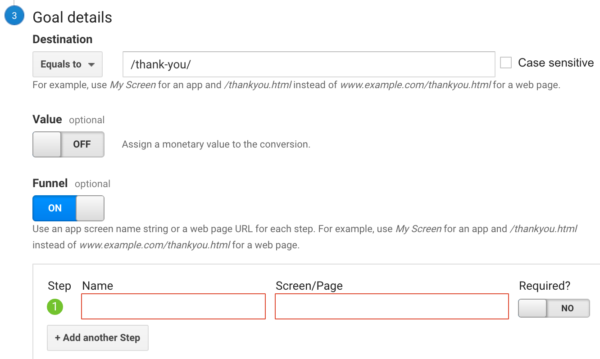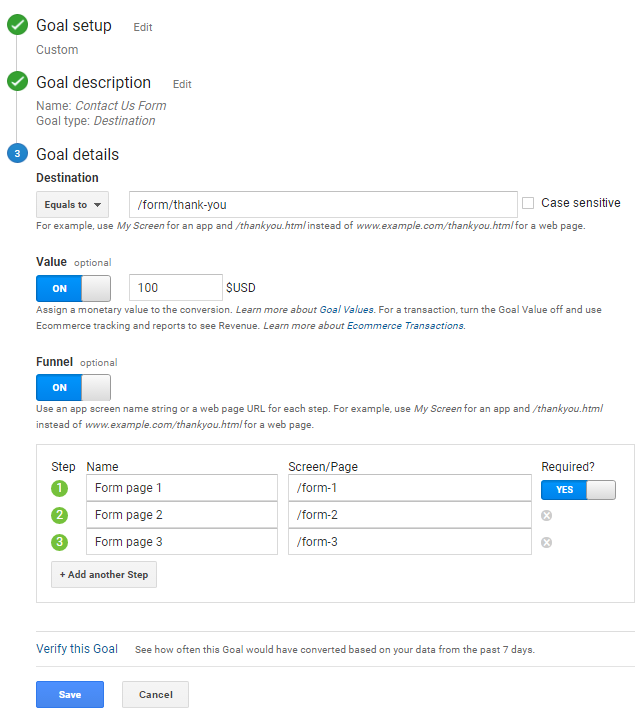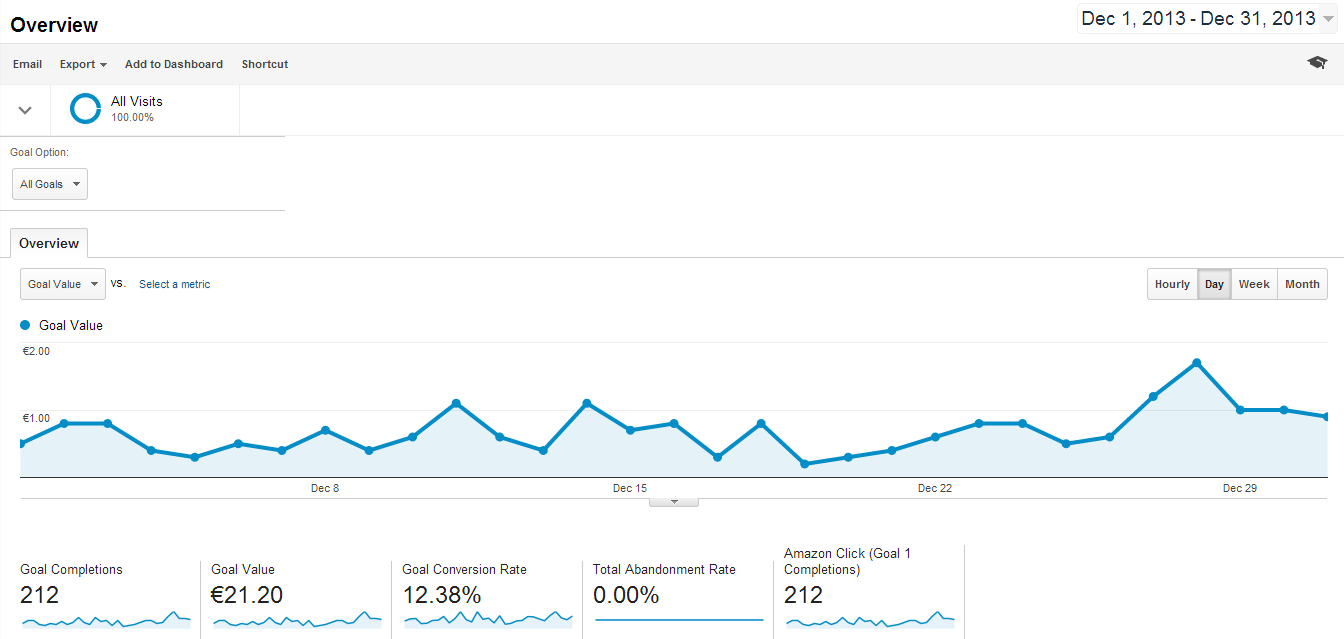What Data Is Google Analytics Goals Unable to Track: Essential Information
What Data Is Google Analytics Goals Unable to Track: Essential Information
Blog Article
Revealing the Blind Spots: Comprehending What Google Analytics Goals Can not Determine
In the world of electronic analytics, Google Analytics stands as a powerful device for tracking and evaluating on the internet individual interactions. Understanding what Google Analytics goals can not gauge is vital for obtaining an extensive sight of individual actions and involvement.
Individual Actions on External Platforms
Recognizing how individuals interact on exterior systems is crucial for enhancing on-line methods. Outside systems, such as social media networks, referral websites, and on-line forums, play a significant role in driving website traffic to a company's internet site. By evaluating individual actions on these platforms, organizations can get beneficial understandings right into the performance of their advertising initiatives and the choices of their target audience.
One secret facet of individual habits on outside platforms is the referral source. By tracking where the customers are coming from, companies can determine which platforms are driving one of the most traffic to their website. This details can assist companies allocate their sources better, focusing on the platforms that produce the most effective outcomes.

Offline Conversions and Communications
Evaluating individual behavior on exterior systems offers important insights into on the internet methods; however, taking into consideration offline conversions and communications is just as critical for a detailed understanding of a business's total performance. While Google Analytics excels at tracking on-line communications, it drops short in catching the full customer journey that often includes offline touchpoints. Offline conversions, such as in-store acquisitions or phone queries, play a substantial duty in several organizations' success. Neglecting these communications can cause a distorted sight of the efficiency of marketing projects and overall business efficiency.

Attribution Beyond Last Click
When diving into the world of digital advertising analytics, it becomes necessary to look beyond the single touchpoint of the last click for a much more thorough understanding of acknowledgment. While Google Analytics provides valuable understandings right into individual actions, relying only on last-click attribution can be restricting - what data is google analytics goals unable to track. Attribution designs that go beyond the last click offer an extra nuanced view of the customer journey, taking right into account all the touchpoints that bring about a conversion
Acknowledgment past the last click permits online marketers to designate credit report to various communications along the conversion path, giving a more clear photo of the efficiency of different marketing channels. By checking out multi-touch attribution designs such as straight, time decay, or position-based attribution, companies can much better assign their advertising spending plans and optimize their approaches for optimal influence.
Understanding the impact of each touchpoint in the conversion procedure is crucial for making informed choices and making the most of ROI. By accepting acknowledgment past the last click, services can get deeper understandings into client habits and tailor their marketing efforts more effectively.
Cross-Device and Cross-Browser Monitoring

In a similar way, cross-browser monitoring matches cross-device tracking by recording customer actions as they switch over between different internet browsers. Understanding just how individuals connect with web sites on different web browsers can aid marketing experts optimize their on the internet experiences to make sure consistency and performance across different platforms.
Qualitative Information and Customer Intent
Recognizing individual intent through qualitative data analysis is vital for establishing targeted electronic marketing approaches that reverberate with the needs and choices of the target market. Qualitative information supplies insights right into the 'why' behind customer actions, losing light on motivations, emotions, and preferences that quantitative data alone can not record. By analyzing customer feedback, remarks, and communications, marketing experts can uncover beneficial information regarding individual intent, permitting them to tailor their messaging, content, and offerings to much better align with what their target market is seeking.
Qualitative information also helps in understanding the context in which customers engage with an internet site or application. This contextual understanding enables online marketers to produce more personalized and pertinent experiences, inevitably driving greater Related Site interaction and conversion prices. By delving right into customer intent via qualitative data evaluation, businesses can obtain a deeper understanding of their target market, causing much more effective advertising methods that meet customers' needs and expectations.
Verdict
In final thought, Google Analytics objectives have restrictions in gauging customer actions on outside systems, offline conversions, acknowledgment past last click, cross-device and cross-browser monitoring, and qualitative data related to individual intent. what data is google analytics goals unable to track. It is very important for businesses to be familiar with these blind spots in order to supplement their information evaluation with various other tools and techniques to gain a more extensive understanding of their audience and boost their overall digital advertising approaches
By analyzing customer actions on these platforms, services can get important understandings right into the performance of their marketing initiatives and the preferences of their visit homepage target audience.
Assessing user actions on outside systems gives important insights right into on-line approaches; however, taking into consideration offline conversions and interactions is equally imperative for a detailed understanding of a business's overall efficiency.In electronic marketing analytics, relocating beyond last-click acknowledgment to explore cross-device and cross-browser monitoring is important for getting a holistic understanding of customer interactions across various systems and devices. By evaluating user responses, comments, and interactions, online marketers can uncover beneficial information regarding customer intent, allowing them to tailor their messaging, web content, and offerings to much better align with what their audience is seeking.
By diving into customer intent via qualitative information analysis, companies can get a much deeper understanding of their target audience, leading to much more reliable advertising methods that fulfill users' assumptions and requirements.
Report this page